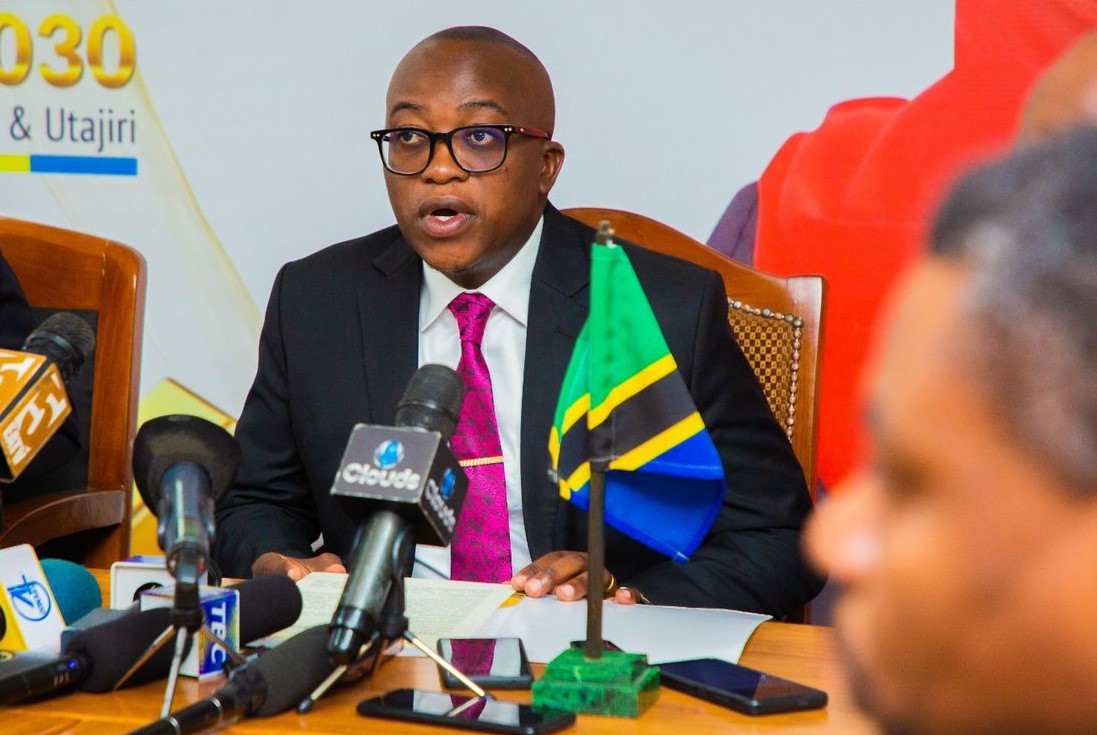Is a brawl between Rostam and Jaffer over gas control brewing?

What you need to know:
- In May last year, Mr Aziz who was in Kenya as part of a delegation of business people accompanying President Samia Suluhu Hassan in her maiden visit, narrated a harrowing experience he endured as he tried to invest $130 million in an LPG terminal in Kenya.
Are we about to witness a vicious billionaires brawl pitting Tanzania’s Rostam Aziz and Mombasa tycoon Mohammed Jaffer over control of liquefied petroleum gas (LPG) market in Kenya?
In May last year, Mr Aziz who was in Kenya as part of a delegation of business people accompanying President Samia Suluhu Hassan in her maiden visit, narrated a harrowing experience he endured as he tried to invest $130 million in an LPG terminal in Kenya.
At a workshop attended by top State officials, he said that his company, Taifa Gas, had faced multiple bottlenecks and found it difficult to move after knocking one government door after another for three years — even after receiving assurances and support from President Uhuru Kenyatta.
A few weeks later, reports in the mediasaid Taifa Gas had been given the green light.
However, the indications are that the project is still facing regulatory hurdles.
A source from the National Environment Management Authority told me on Thursday the environmental risk assessment for this project is work in progress.
A story in this newspaper on Thursday said the Energy and Petroleum Regulatory Authority (Epra) had declined to clear the application on technical grounds.
Apparently, Epra is insisting on a comprehensive quality risk assessment, including details such ‘blast profile' of the plant and details on the route which the pipeline transporting gas from the jetty in Dongo Kundu to the terminal will follow.
Two pertinent questions arise. First, is the regulator merely being difficult by invoking arcane rules and procedures to block Taifa?
Secondly, are these the instincts of a regulator trying to maintain the status quo by protecting the market for the incumbents? I don’t have answers to both. But, on the face of it, the regulator’s concerns about safety would appear to be legitimate. We saw what happened in Lebanon where a blast at a fertiliser plant cleared almost one quarter of the city.
Secondly, trends would appear to suggest that the regulator has been liberal in opening the market.
Ola, the oil marketer, has only recently been issued with a licence to develop an LPG terminal plant in Shimanzi. Lake Gas Oil has a licence to set up in Kilifi.
Until recently, the African Gas Oil Terminal (Agol) linked to Jaffer Mohammed — with a capacity to handle and store 30,000 metric tonnes of cooking gas — appeared to have a dominant position.
But its advantage was severely chipped away following the completion last year of the new Kipevu Oil terminal that for the first time provided facilities for handling large LPG vessels.
Built by the Chinese at $385 million, this facility is bound to be the game-changer in the LPG business.
The cooking gas market in Kenya is bubbling with activity, liberalising at a fast rate — and evolving into a market with multiple players.
Epra has lately found itself inundated with applications by investors seeking licences and approval to build LPG terminals and storage facilities around Mombasa and in upcountry markets.
Consider the following statistics: National consumption was at 93,000 metric tonnes in 1992. In 2020, consumption hit 320,000 metric tonnes.
In 2012, there were only nine LPG filling plants in the country. Today, the number has grown to 105.
The exponential growth in the sector is also reflected in growth of the number of LPG brand owners: from nine in 2009 to 82 today.
Indeed, investment activity in the market segment has progressed to a level where we are now going into what is called LPG reticulation — namely, networks where LPG is supplied to individual flats from a centralised store as opposed to using the conventional gas cylinder.
Two years ago, the State-owned National Oil Corporation signed a memorandum with the Toyota Tshusho Group to pilot a reticulation system. A Toyota Tsusho study found that LPG consumer prices in Kenya were more expensive by at least 30 percent compared to Asia.
My take: only investment in bigger LPG terminals and stores will drive consumer prices in a sustainable way.





